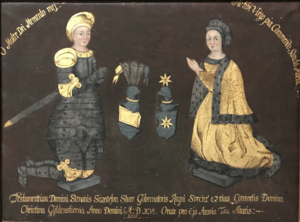A monarch is a head of state for life or until abdication, and therefore the head of state of a monarchy. A monarch may exercise the highest authority and power in the state, or others may wield that power on behalf of the monarch. Usually, a monarch either personally inherits the lawful right to exercise the state's sovereign rights or is selected by an established process from a family or cohort eligible to provide the nation's monarch. Alternatively, an individual may proclaim oneself monarch, which may be backed and legitimated through acclamation, right of conquest or a combination of means.
A monarchy is a form of government in which a person, the monarch, reigns as head of state for life or until abdication. The extent of the authority of the monarch may vary from restricted and largely symbolic, to fully autocratic, and may have representational, executive, legislative, and judicial functions.
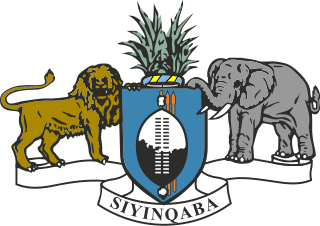
Eswatini is an absolute monarchy with constitutional provisions and Swazi law and Custom. The head of state is the king or Ngwenyama, currently King Mswati III, who ascended to the throne in 1986 after the death of his father King Sobhuza II in 1982 and a period of regency. According to the constitution of Eswatini, the king and Ingwenyama is a symbol of unity and the eternity of the Swazi nation. By tradition, the king reigns along with his mother or a ritual substitute, the Ndlovukati. The former was viewed as the administrative head of state and the latter as a spiritual and national head of state, with real power counterbalancing that of the king, but during the long reign of Sobhuza II the role of the Ndlovukati became more symbolic. The king appoints the prime minister from the legislature and also appoints a minority of legislators to both chambers of Libandla (parliament), with help from an advisory council. The king is allowed by the constitution to appoint some members to parliament for special interests. These special interests are citizens who might have been left out by the electorate during the course of elections or did not enter as candidates. This is done to balance views in parliament. Special interests could be people of gender, race, disability, business community, civic society, scholars, chiefs and so on. The Senate consists of 30 members, of which some are appointed by the king on recommendation of the advisory council and others elected by the lower house. The House of Assembly has 65 seats, of which 55 are occupied by elected representatives from the 55 constituencies around the country, and 10 are appointed by the king on recommendation of the advisory council. The attorney general is the ex-officio member. Elections are held every five years.
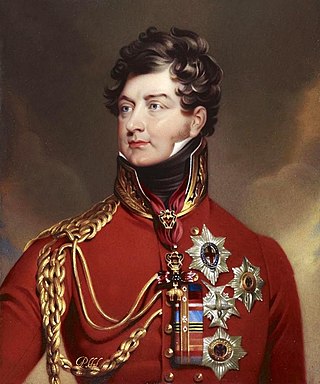
A prince regent or princess regent is a prince or princess who, due to their position in the line of succession, rules a monarchy as regent in the stead of a monarch, e.g., as a result of the sovereign's incapacity or absence.

Lord Protector was a title that has been used in British constitutional law for the head of state. It was also a particular title for the British heads of state in respect to the established church. It was sometimes used to refer to holders of other temporary posts; for example, a regent acting for the absent monarch.

A dynasty is a sequence of rulers from the same family, usually in the context of a monarchical system, but sometimes also appearing in republics. A dynasty may also be referred to as a "house", "family" or "clan", among others.
An elective monarchy is a monarchy ruled by a monarch who is elected, in contrast to a hereditary monarchy in which the office is automatically passed down as a family inheritance. The manner of election, the nature of candidate qualifications, and the electors vary from case to case. Historically, it was common for elective monarchies to transform into hereditary ones by repeated election of the previous rulers' children, or for hereditary monarchies to acquire elective or semi-elective succession laws, particularly following dynastic crises.
An interregnum is a period of discontinuity or "gap" in a government, organization, or social order. Archetypally, it was the period of time between the reign of one monarch and the next, and the concepts of interregnum and regency therefore overlap. Historically, longer and heavier interregna have been typically accompanied by widespread unrest, civil and succession wars between warlords, and power vacuums filled by foreign invasions or the emergence of a new power. A failed state is usually in interregnum.
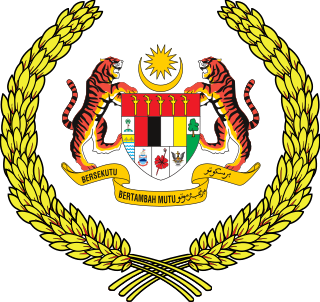
The King of Malaysia, officially Yang di-Pertuan Agong, is the constitutional monarch and head of state of Malaysia. The office was established in 1957, when the Federation of Malaya gained independence from the United Kingdom. The Yang di-Pertuan Agong is elected by the Conference of Rulers, comprising the nine rulers of the Malay states, with the office de facto rotated between them, making Malaysia one of the world's few elective monarchies.

The Raja Permaisuri Agong, unofficially known as the Queen of Malaysia, is the consort of the Yang di-Pertuan Agong, the elected, constitutional federal monarch of Malaysia.
Traditional rank amongst European imperiality, royalty, peers, and nobility is rooted in Late Antiquity and the Middle Ages. Although they vary over time and among geographic regions, the following is a reasonably comprehensive list that provides information on both general ranks and specific differences. Distinction should be made between reigning families and the nobility – the latter being a social class subject to and created by the former.
A coregency is the situation where a monarchical position, normally held by only a single person, is held by two or more. It is to be distinguished from diarchies or duumvirates, and also from regencies where a single monarch has a seniority above a regent but exercises no power except legally holding the position of head of state.

The Yamtuan Besar, also known officially as Yang di-Pertuan Besar and unofficially as Grand Ruler, is the royal title of the ruler of the Malaysian state of Negeri Sembilan. The Grand Ruler of Negeri Sembilan is elected by a council of ruling chiefs in the state, or the Undangs. This royal practice has been followed since 1773. The Yamtuan Besar is elected from among the four leading princes of Negeri Sembilan ; the Undangs themselves cannot stand for election and their choice of a ruler is limited to a male Muslim who is Malay and also a "lawfully begotten descendant of Raja Radin ibni Raja Lenggang", the 4th Yamtuan.

Tengku Muhammad Ismail ibni Al-Wathiqu Billah Sultan Mizan Zainal Abidin is a member of the Terengganu royal family who is the Yang di-Pertuan Muda of Terengganu and heir apparent to the Terengganu throne. He is the eldest son of Sultan Mizan Zainal Abidin. He was the Regent of Terengganu when his father reigned as the 13th Yang di-Pertuan Agong of Malaysia from 2006 to 2011.

The Raja of Perlis is the constitutional monarch and head of state of the Malaysian state of Perlis. The royal house, known as the House of Jamalullail, has been the ruling house of Perlis since 1843. The current ruler, Tuanku Syed Sirajuddin, has been the Raja of Perlis since 2000.

Al-Sultan Abdullah Ri'ayatuddin Al-Mustafa Billah Shah ibni Almarhum Sultan Haji Ahmad Shah is the Sultan of Pahang.
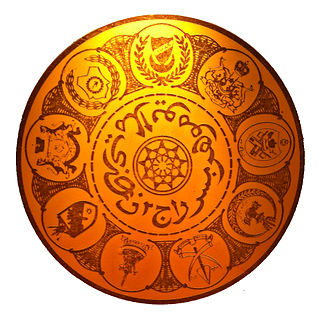
The monarchies of Malaysia exist in each of the nine Malay states under the constitutional monarchy system as practised in Malaysia. The political system of Malaysia is based on the Westminster parliamentary system in combination with features of a federation.

